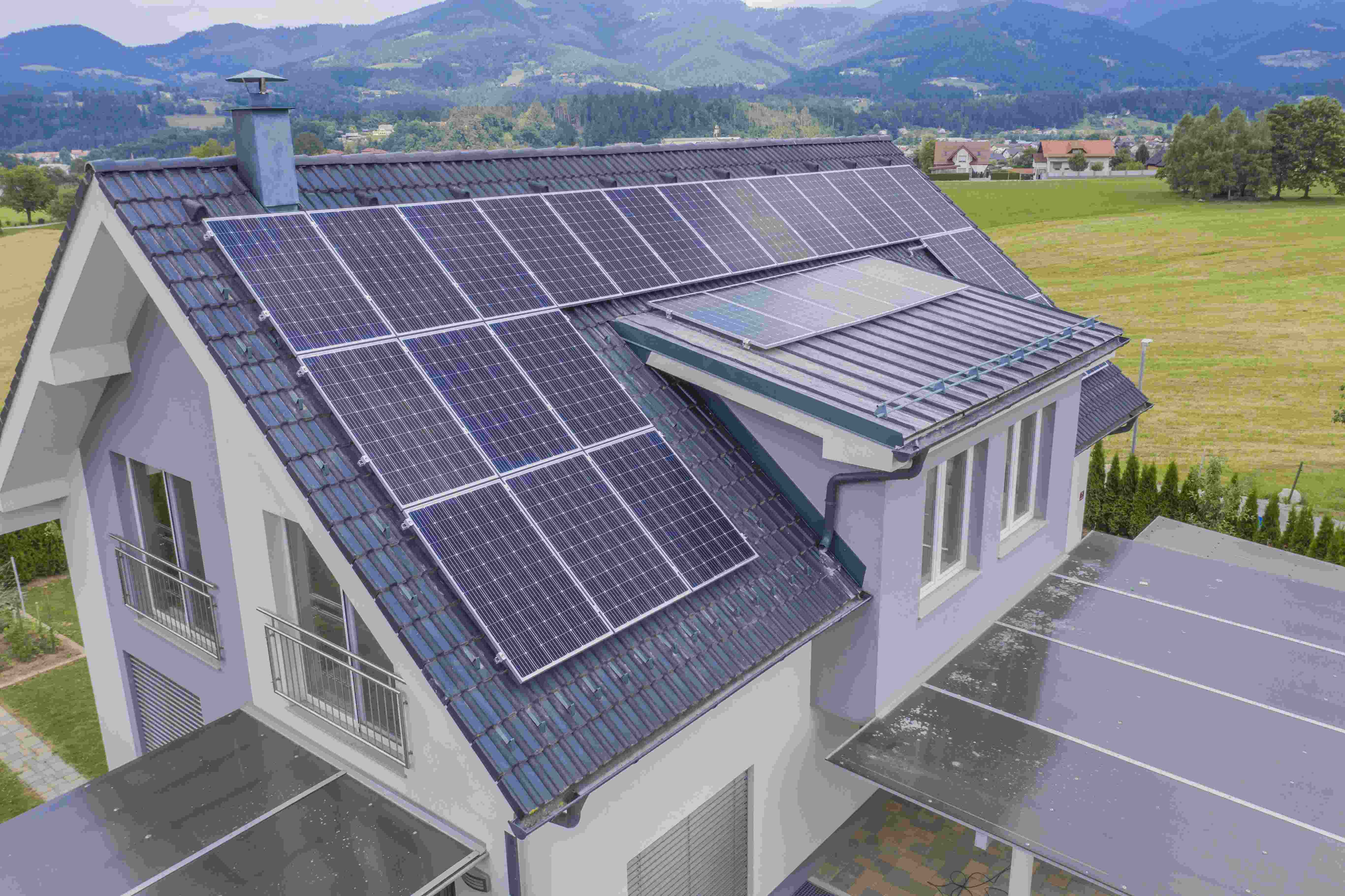Community Solar in California: Amidst the sun-kissed landscapes of California, a revolution in renewable energy is taking root, empowering communities and individuals to embrace the promise of solar power. Community solar, also known as shared solar, has emerged as a beacon of hope for a cleaner, more sustainable future, offering a unique solution for those who may not have the means or opportunity to install solar panels on their own roofs.
Unveiling the Benefits of Community Solar in California
Community solar programs provide access to solar energy’s benefits for individuals and communities, breaking down barriers that may have previously hindered widespread adoption. Let’s delve into the multifaceted advantages of this innovative approach to solar energy:
Individual Benefits:
Reduced Energy Costs: Subscribers to community solar programs enjoy lower electricity bills as their solar credits offset their consumption. This direct financial incentive can significantly alleviate the burden of energy costs, particularly for low-income households.
No Upfront Costs: Unlike traditional rooftop solar installations, community solar requires no upfront investment or maintenance costs. This eliminates financial barriers and makes solar energy accessible to a broader spectrum of individuals.
Increased Property Value: Studies have shown that homes located near community solar projects tend to have higher property values. This is attributed to the enhanced sustainability credentials associated with these neighborhoods.
Environmental Benefits:
Reduced Carbon Footprint: By displacing fossil fuel-generated electricity, community solar contributes to California’s ambitious climate goals of reducing greenhouse gas emissions. Each kilowatt-hour of solar energy generated avoids the release of harmful pollutants, mitigating the state’s environmental impact.
Increased Renewable Energy Penetration: Community solar expands the reach of solar energy, diversifying the energy mix and reducing reliance on non-renewable sources. This diversification strengthens the state’s energy resilience and contributes to a sustainable future.
Sustainable Community Development: Community solar projects often involve local businesses and organizations, promoting economic growth and community engagement. These projects foster a sense of collective ownership in the transition to renewable energy, reinforcing the interconnectedness of communities and their shared responsibility towards environmental stewardship.
California’s Commitment to Community Solar
California has emerged as a champion of community solar, with over 1,000 MW of installed capacity and over 200,000 subscribers. This remarkable growth is attributed to the state’s supportive policies, including net metering and incentives, which have created a favorable environment for community solar initiatives to flourish.
Policy Landscape:
California’s regulatory framework has played a pivotal role in fostering the growth of community solar. Key policies include:
Net Metering: This policy allows subscribers to sell excess solar energy back to the grid, receiving credits that offset their electricity consumption.
Incentives: California offers various financial incentives, such as tax credits and rebates, to make community solar more affordable and accessible.
Regulatory Support: The California Public Utilities Commission (CPUC) has established guidelines and regulations that promote the development and expansion of community solar programs.
Future Potential:
Community solar’s future in California is brimming with promise. As the state continues to prioritize clean energy initiatives, community solar is poised to play an increasingly prominent role in shaping a sustainable future. Here’s what we can expect:
Expanding Capacity: California’s ambitious renewable energy goals will necessitate significant growth in community solar capacity.
Technological Advancements: Innovations in solar technology, such as bifacial panels and energy storage solutions, will enhance the efficiency and cost-effectiveness of community solar projects.
Community Engagement: Community solar will continue to foster community engagement and empower individuals to take an active role in the transition to renewable energy.
Conclusion: Community solar in California
Community solar in California stands as a testament to the state’s unwavering commitment to sustainable energy solutions. By empowering individuals and communities to embrace the power of the sun, community solar is paving the way for a brighter, more sustainable future for the Golden State. For more information contact Nabu Energy Today!

